5 Famous Highway of Pakistan: Complete Guide for Travelers
Agree: Highways in Pakistan are more than strips of asphalt—they are lifelines that carry culture, commerce, and history. Promise: In this guide, you’ll uncover the 5 famous highway of Pakistan with detailed history, routes, and practical travel advice. Preview: From the ancient Grand Trunk Road to the breathtaking Karakoram Highway, here’s everything you need to know about Pakistan’s most iconic roads.
Pakistan’s Highway Heritage: From Ancient Trade Routes to Modern Roads
Pakistan’s highway system is a unique blend of history and modern engineering. While some roads trace their roots back over 2,000 years to ancient trade routes, others were built in the last few decades to serve as economic corridors. Together, they form a network of over 12,000 kilometers maintained by the National Highway Authority, carrying nearly 80% of the country’s commercial traffic.Total Highway Length: 12,131 km under the National Highway Authority Oldest Highway: Grand Trunk Road, dating back over 2,500 years Highest Highway: Karakoram Highway, rising above 4,700 meters at Khunjerab Pass Most Scenic Highway: Makran Coastal Highway, where desert meets the Arabian Sea
Table of Contents
1. Grand Trunk Road (N-5): The Oldest Famous Highway of Pakistan
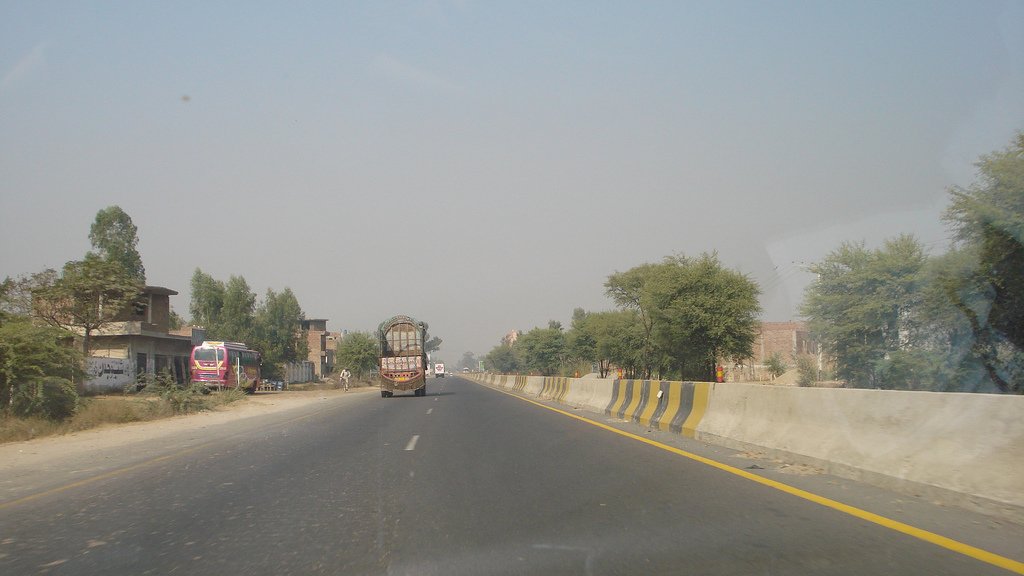

History of the Grand Trunk Road in Pakistan
The Grand Trunk Road, or N-5, is one of Asia’s oldest and most historic highways. Its origins stretch back to the Mauryan Empire around the 3rd century BCE, and it was famously expanded by Sher Shah Suri in the 16th century. In Pakistan, this highway has served as a vital artery for centuries, linking South Asia with Central Asia and facilitating the movement of traders, armies, and pilgrims.
Route and Key Specifications of This Famous Highway of Pakistan
The N-5 runs for approximately 1,819 kilometers, making it the longest highway in Pakistan. Starting in Karachi, it cuts across the provinces of Sindh, Punjab, and Khyber Pakhtunkhwa before reaching the Torkham border crossing with Afghanistan. Along the way, it passes through major cities like Hyderabad, Multan, Lahore, and Peshawar—serving as a commercial lifeline and cultural connector.
Cultural and Economic Importance Along the GT Road
The Grand Trunk Road is more than just a transportation route—it is a living corridor of culture and economy. Bustling bazaars, historic mosques, Mughal-era forts, and colonial architecture line its path. Economically, the N-5 carries a major share of Pakistan’s trade, moving goods between Karachi Port and the country’s northern industrial hubs. For travelers, it offers a unique window into Pakistan’s history, culture, and modern-day hustle.
2. Karakoram Highway (N-35): The Eighth Wonder of the World
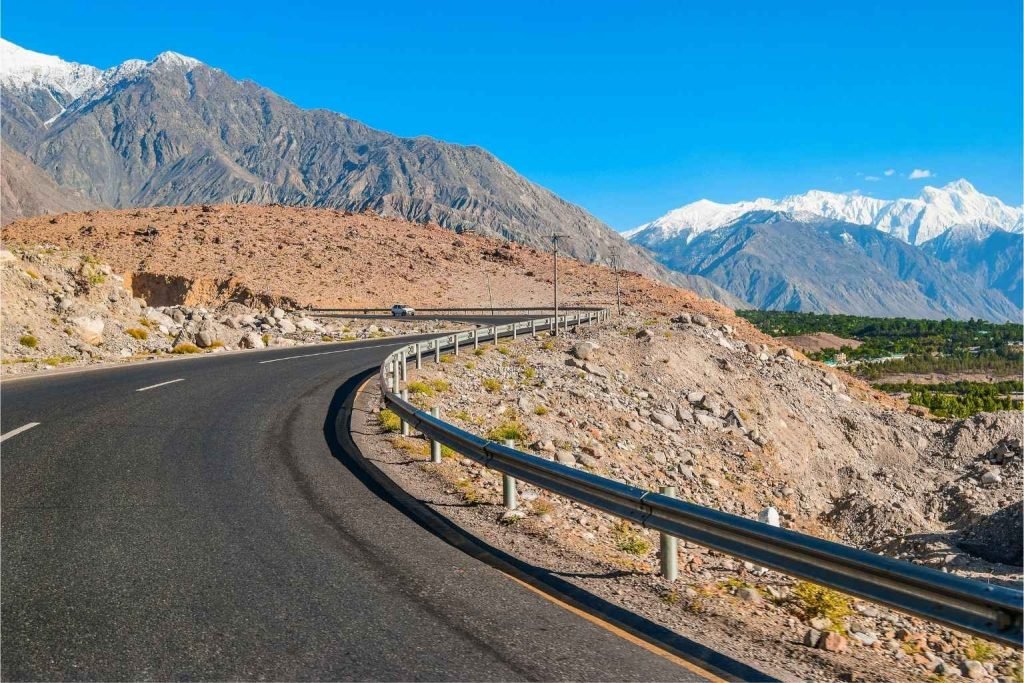

Construction and Friendship: Pakistan-China Collaboration
Often called the “Eighth Wonder of the World,” the Karakoram Highway is a symbol of resilience and international friendship. Built between 1959 and 1979, the project involved over 24,000 workers from Pakistan and China, with more than 1,000 lives lost during construction. Despite its challenges, the highway emerged as one of the highest paved international roads in the world, standing as a monument to human determination and cooperation.
Route Across Mountain Ranges on This Famous Highway of Pakistan
The Karakoram Highway stretches 1,300 kilometers from Hasan Abdal in Punjab to the Khunjerab Pass on the Pakistan–China border. Along the way, it winds through the Karakoram, Himalaya, and Hindu Kush ranges, passing breathtaking peaks such as Nanga Parbat and Rakaposhi. At its highest point, Khunjerab Pass, the highway reaches an elevation of 4,714 meters, making it the world’s highest paved border crossing.
Travel Guide and Scenic Highlights of the Karakoram Highway
Traveling the Karakoram Highway is an adventure of a lifetime. Scenic highlights include the turquoise waters of Attabad Lake, the Hunza Valley with its apricot blossoms, and the towering Passu Cones. The route also provides access to Gilgit, Hunza, and the Khunjerab National Park. Travelers should prepare for unpredictable weather, narrow roads, and high-altitude conditions, but the reward is a once-in-a-lifetime journey through some of the planet’s most dramatic landscapes.
3. Makran Coastal Highway (N-10): Desert Meets the Sea
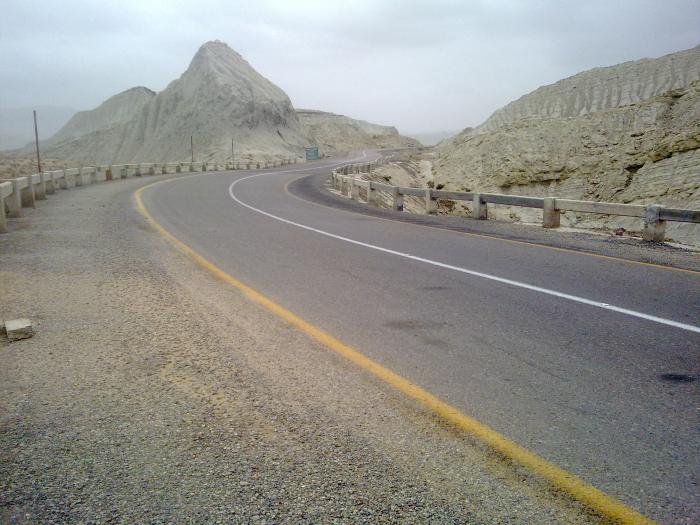

Engineering and Development of This Famous Highway of Pakistan
The Makran Coastal Highway, also known as N-10, was inaugurated in 2004. Spanning 653 kilometers, it connects Karachi with Gwadar along the Arabian Sea. Built by the Frontier Works Organisation (FWO), the highway transformed what was once a difficult and isolated route into a reliable corridor of trade and tourism. Its design faced challenges of coastal erosion, harsh winds, and sandy terrain, making it an engineering accomplishment in Balochistan’s rugged landscape.
Strategic Role in CPEC and Economic Growth
The Makran Coastal Highway is a backbone of the China–Pakistan Economic Corridor (CPEC). By linking Gwadar Port to Karachi, it facilitates international trade and reduces dependency on northern routes. Economically, the highway has spurred local development, bringing new businesses, fisheries, and tourism opportunities to coastal towns that were once isolated.
Tourism and Attractions Along the Makran Coastal Highway
For travelers, the Makran Coastal Highway offers breathtaking views where desert meets sea. Highlights include the surreal rock formations of Hingol National Park, the pristine beaches of Kund Malir, and the mysterious Princess of Hope statue carved by natural erosion. The route has become increasingly popular for road trips, offering both scenic beauty and cultural discovery.
4. Indus Highway (N-55): Lifeline of Western Pakistan
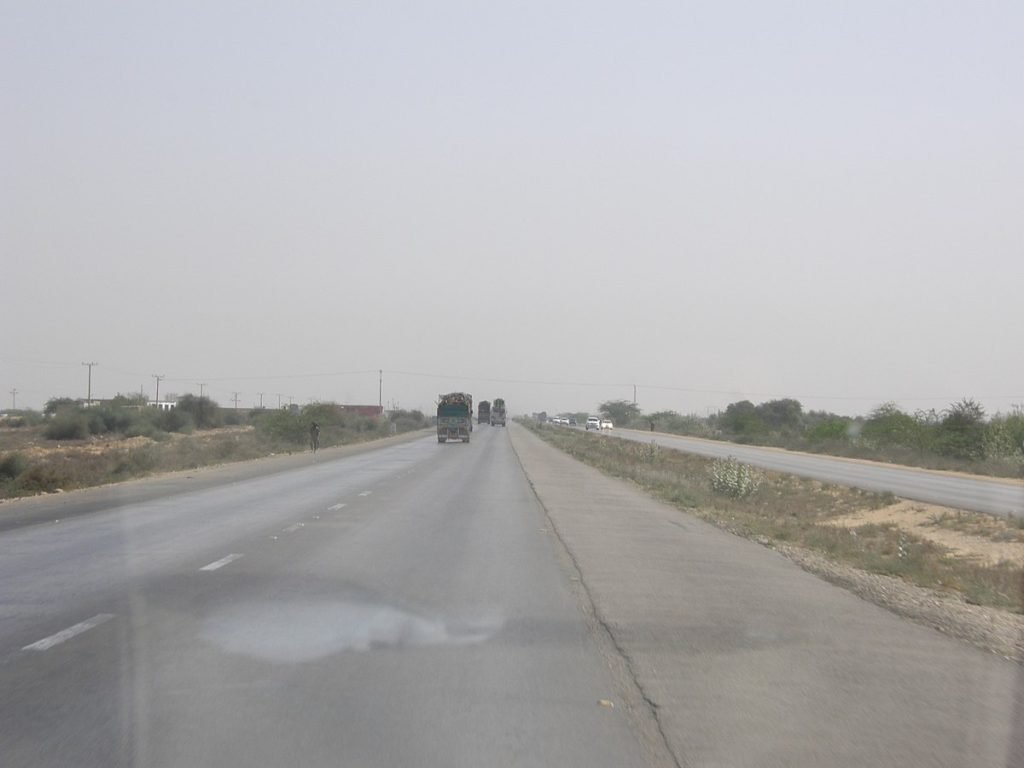

Route and Geography of This Famous Highway of Pakistan
The Indus Highway runs 1,264 kilometers from Kotri in Sindh to Peshawar in Khyber Pakhtunkhwa, tracing much of the path of the mighty Indus River. It passes through Dadu, Dera Ghazi Khan, and Kohat, providing a direct alternative to the busy Grand Trunk Road.
Economic and Strategic Significance of Indus Highway
Known as Pakistan’s western corridor, the N-55 plays a vital role in balancing the flow of traffic away from the crowded GT Road. It supports trade between southern and northern regions, while also offering a shorter and less congested route for freight vehicles. The highway is also part of broader regional connectivity projects tied to CPEC.
Tourism and Road Trip Experience
Travelers on the Indus Highway encounter a unique blend of landscapes, from fertile plains to rugged hills. The route offers glimpses of rural life, ancient archaeological sites, and access to cultural hubs like Dera Ghazi Khan. Although not as scenic as the Karakoram or Makran routes, it provides authenticity and a look into Pakistan’s heartland.
5. Gilgit–Skardu Road (S-1): Gateway to Pakistan’s Mountains
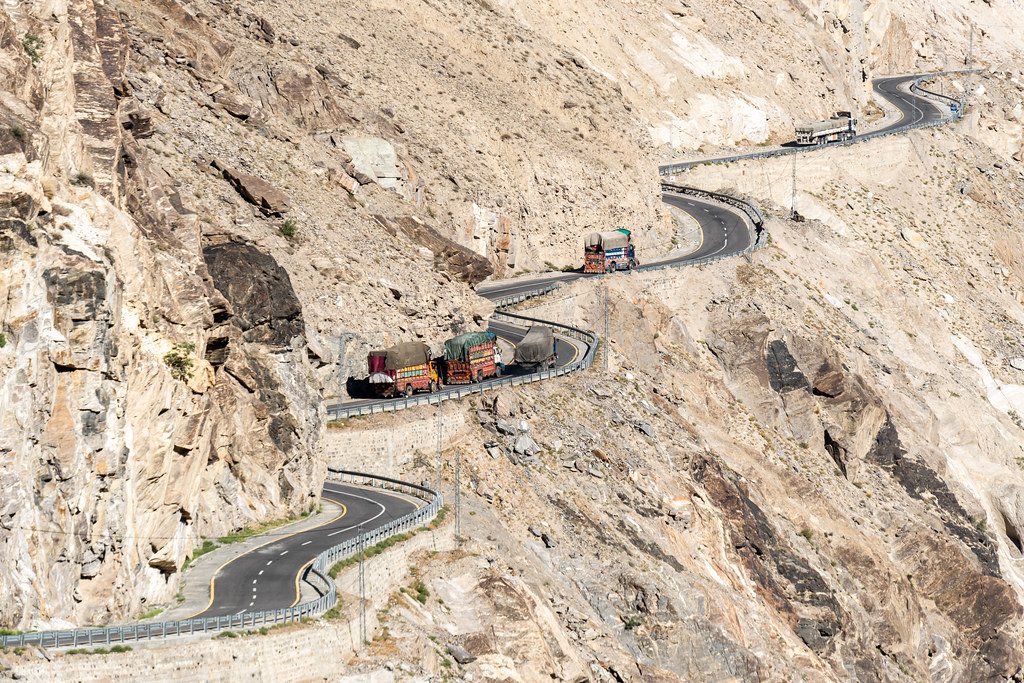

Route and Construction Challenges of This Famous Highway of Pakistan
The Gilgit–Skardu Road, officially known as S-1, stretches about 167 kilometers from Gilgit to Skardu. Once a dangerous gravel path, it has been upgraded in recent years to a paved highway. The road winds through treacherous mountain terrain, with narrow passes and cliffs that make construction and maintenance extremely challenging.
Strategic and Security Importance
This highway is strategically vital as it connects Gilgit-Baltistan’s Baltistan region with the rest of Pakistan. It holds military significance due to its proximity to sensitive borders and is critical for supplying local communities. Improved accessibility has also strengthened regional security and integration.
Tourism Potential: Northern Areas and K2 Access
The Gilgit–Skardu Road is the lifeline for tourism in Baltistan. It provides access to some of Pakistan’s most famous trekking routes, including the gateway to K2 Base Camp and Concordia. With its dramatic valleys, rivers, and snow-capped peaks, the road is not only functional but also a scenic journey attracting adventurers and nature lovers.
FAQ on the 5 Famous Highway of Pakistan
Which is the longest famous highway of Pakistan?
The Grand Trunk Road (N-5) is the longest, covering approximately 1,819 kilometers from Karachi to Torkham.
How long does it take to travel the Karakoram Highway?
A complete journey from Islamabad to Khunjerab Pass usually takes 2–3 days by road, depending on weather and road conditions.
What is the most scenic famous highway of Pakistan?
The Makran Coastal Highway is widely considered the most scenic, offering desert landscapes alongside the Arabian Sea.
Is it safe for international tourists to drive on these highways?
Yes, but safety varies by region. While major highways like the GT Road and Motorways are well-patrolled, travelers on remote highways such as the Makran Coastal or Gilgit–Skardu road should travel with caution, avoid night driving, and check for security updates.
What documents are required to travel on the 5 famous highway of Pakistan?
For domestic travelers, a valid driver’s license and vehicle registration are sufficient. International tourists renting cars will need an International Driving Permit (IDP), passport, and visa documents.
The Future of Pakistan’s Highway Network
Pakistan’s highway network is evolving rapidly under projects like the China–Pakistan Economic Corridor (CPEC). Planned upgrades include multi-lane expansions, smart tolling systems, and better roadside facilities. Future developments also emphasize sustainability, with eco-friendly construction practices and digital monitoring systems to ensure safety and efficiency.
Conclusion: Why the 5 Famous Highway of Pakistan Define the Nation’s Journey
From the ancient Grand Trunk Road to the modern marvel of the Karakoram Highway, Pakistan’s highways tell a story of resilience, connectivity, and progress. Each of the 5 famous highway of Pakistan plays a unique role—linking trade routes, boosting tourism, and uniting cultures across diverse landscapes.
About the Author
Author: ZunNurain Khalid — Travel & Tourism Specialist, Founder of ExploreX Pvt. Ltd., and advocate for sustainable tourism in Pakistan. With over a decade of experience in digital marketing and destination branding, ZunNurain has worked extensively on promoting Pakistan’s natural and cultural heritage.
References
- National Highway Authority of Pakistan
- Wikipedia – National Highways of Pakistan
- Encyclopedia Britannica – Karakoram Highway
- Asian Development Bank – Road Infrastructure Reports
- Dawn News – Pakistan Highway Coverage
Read More About: Essential Guide to Vehicle Preparation and Maintenance for a Road Trip

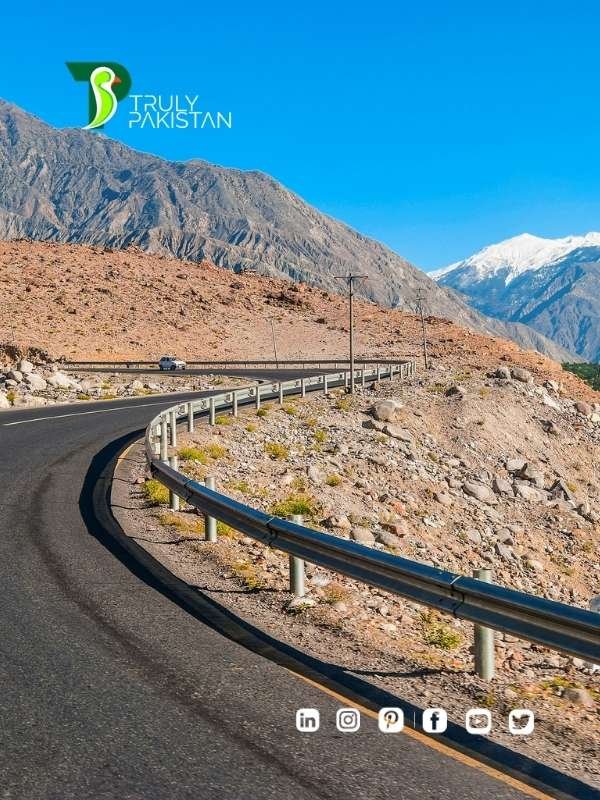
One thought on “5 Famous Highway of Pakistan: History, Routes & Travel”